It’s been a wet start to March here in Hampshire. The lawns and fields are waterlogged and the streams are as high as they ever get. All this means it’s been really tricky to get outside and photograph wildlife. Nonetheless I’ve been out between rain showers to see what I could find.
The local daffodils are looking at their best right now. It’s often hard to work out whether some daffodils have been planted or are wild but to me it doesn’t really matter.
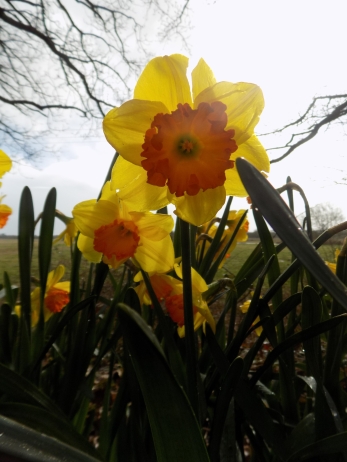
Daffodils are scientifically known as narcissi, members of the narcissus genus. There are thousands of different varieties thanks how much they have been bred over the centuries. The narcissus genus developed around 24 millions years ago in the Iberian peninsula.
A less familiar flower I’ve spotted this week is the sweet or English violet (Viola odorata).
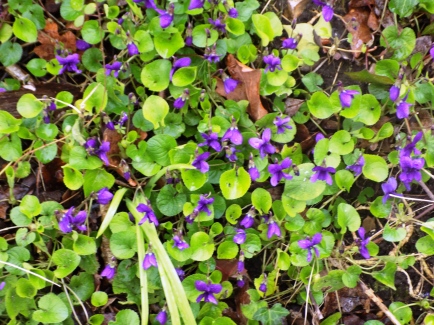
This flowers blooms much earlier in the year than other members of the family and is often found at the edge of woods and in clearings- I found it on the edge of the path in the wooded area next to the fishing lake.
I was pleased to see two great crested grebes on the fishing lake this week.
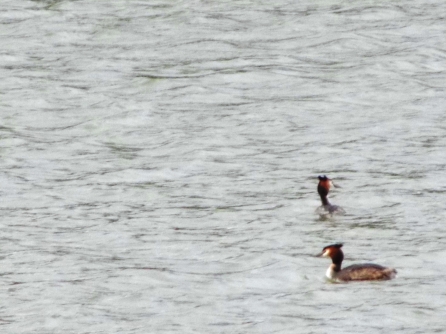
They didn’t show much interest in each other but as you can see they were close together. Last year I didn’t see a second grebe on the lake until May so perhaps there is a better chance of the birds breeding this year.
The lake mallards are often seen in groups of up to five in the winter but over the last few weeks they have paired off, like the couple below.
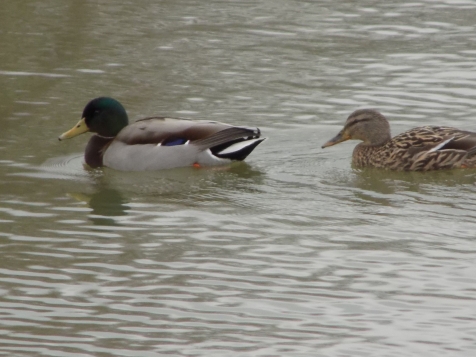
The number of starlings in the garden has increased over the last few weeks- there is often more than twenty on the lawn or in the trees.
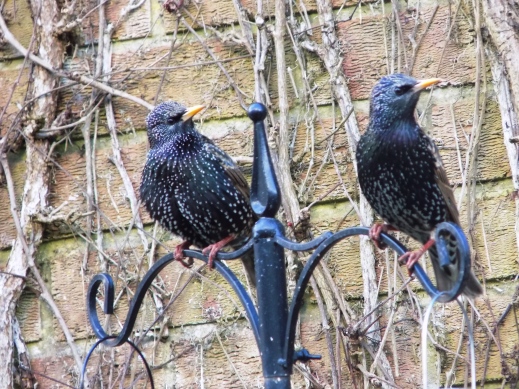
They are always aggressive to each other and noisy but they are worse than ever right now. They spend so much time fighting that they hardly get to spend any time actually eating. I’ve also noticed how shiny and colourful they are looking at the moment.
In between the rain today I headed to the river Avon, where the floodplains are considerably wetter than they were a week ago. This didn’t seem to bother the mute swans though as it provided a bonus feeding opportunity.
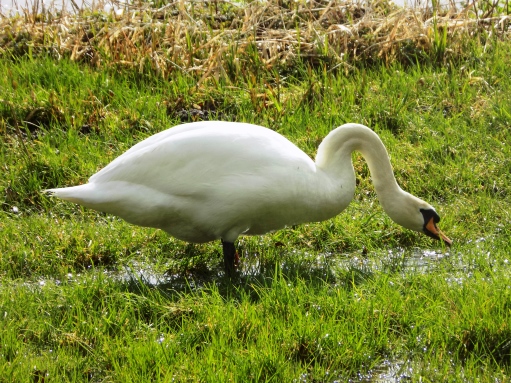
With few people around due to the rain, the roe deer had ventured very near the path today giving me an unprecedented clear view at two different bucks. From the antlers I think this buck is probably two years old and was with a doe which was obscured by trees.
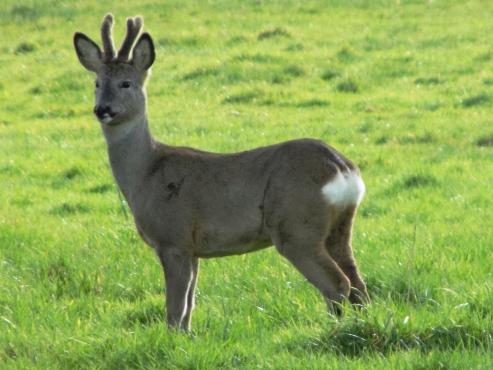
I also saw this older buck which is probably at least three years old.
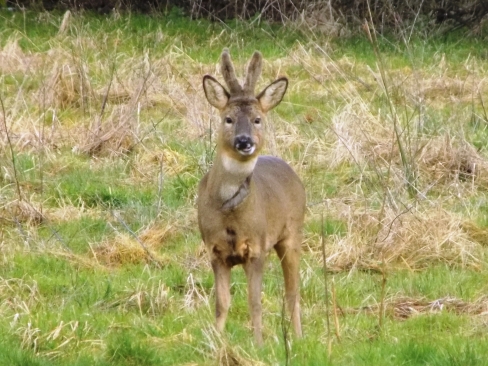
As you can see this buck has quite a gash on its lower neck, possibly from the rutting season. You could see it a little more clearly when it was having a clean:
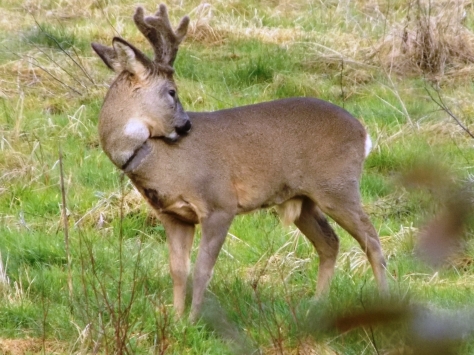
The wound looked like it had healed other than the fur and the buck seemed perfectly healthy. The roe deer are fairly shy but this one wasn’t bothered by me being so close to it at all.

No comments:
Post a Comment